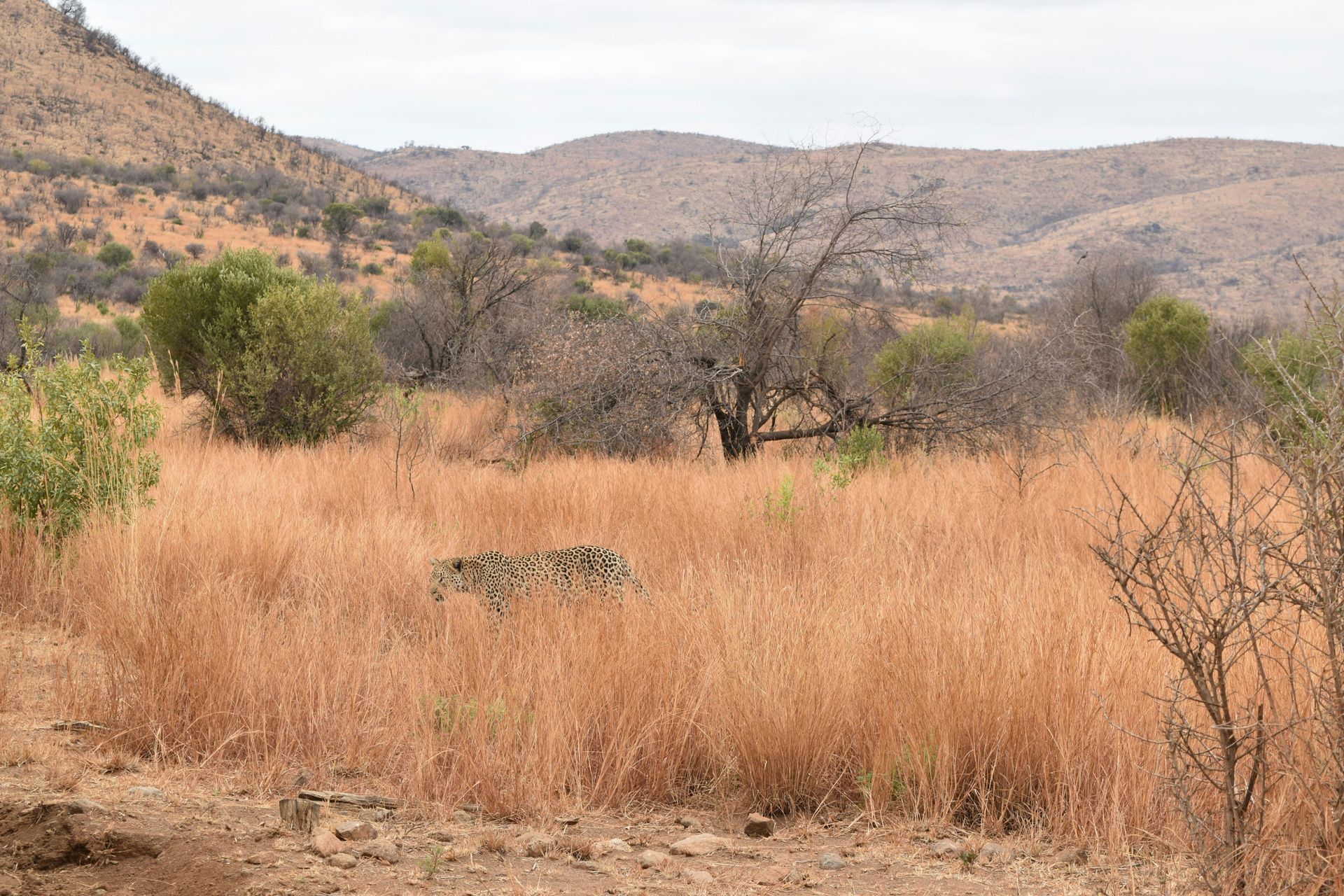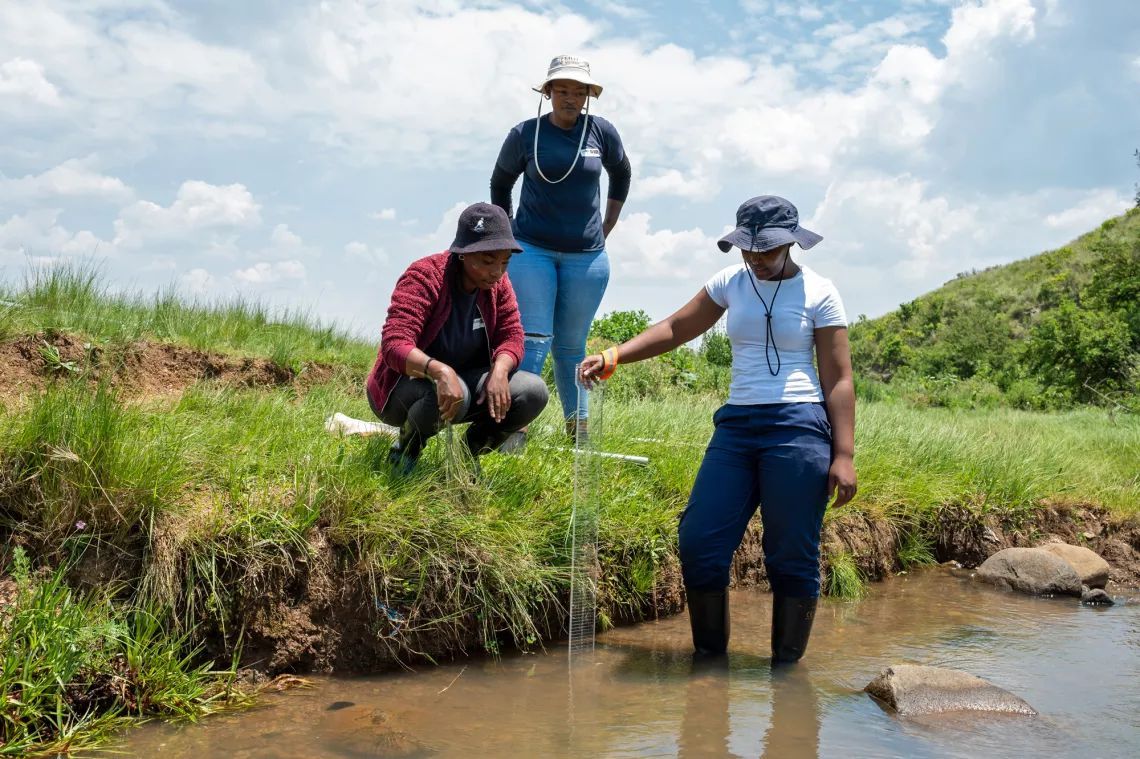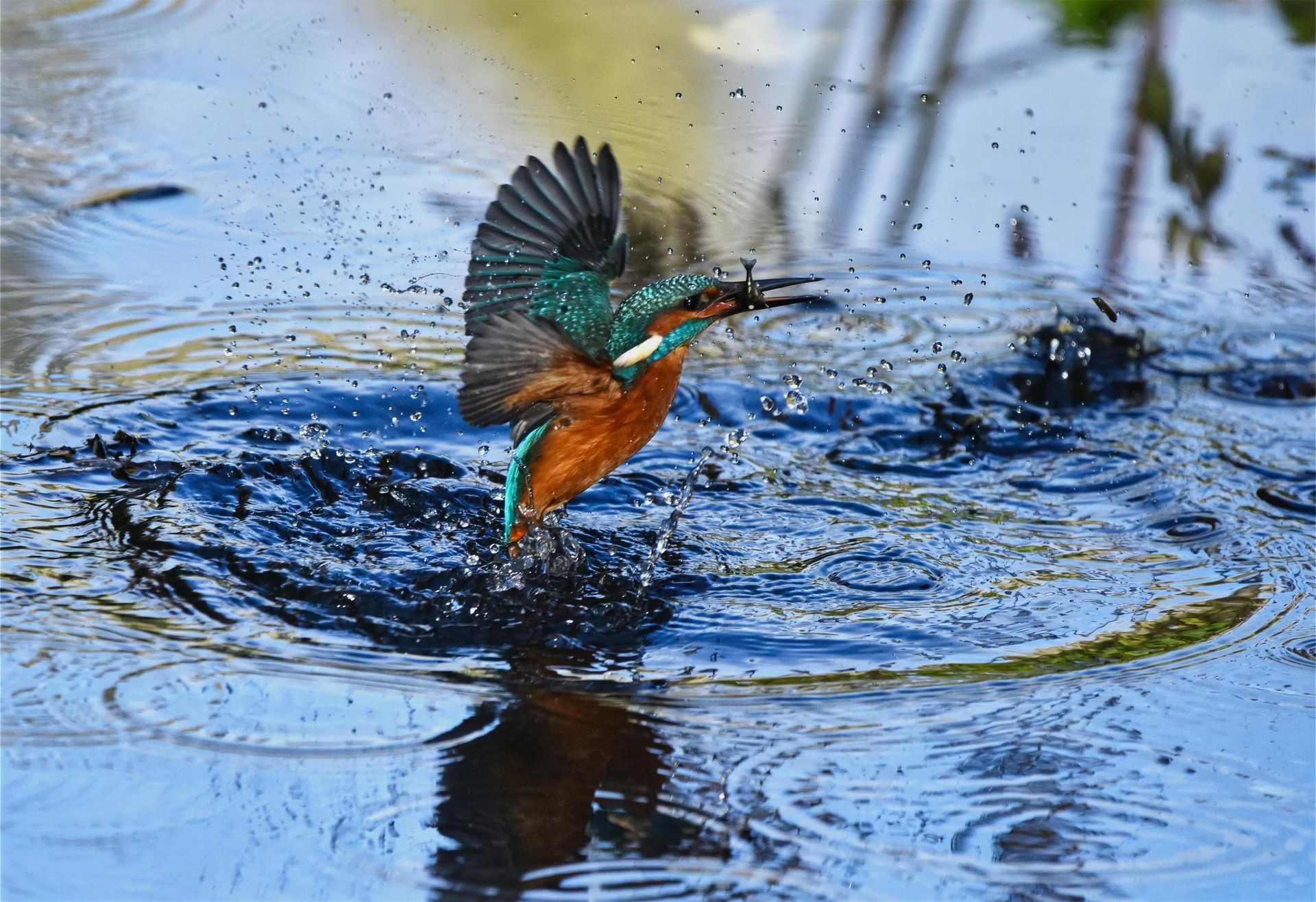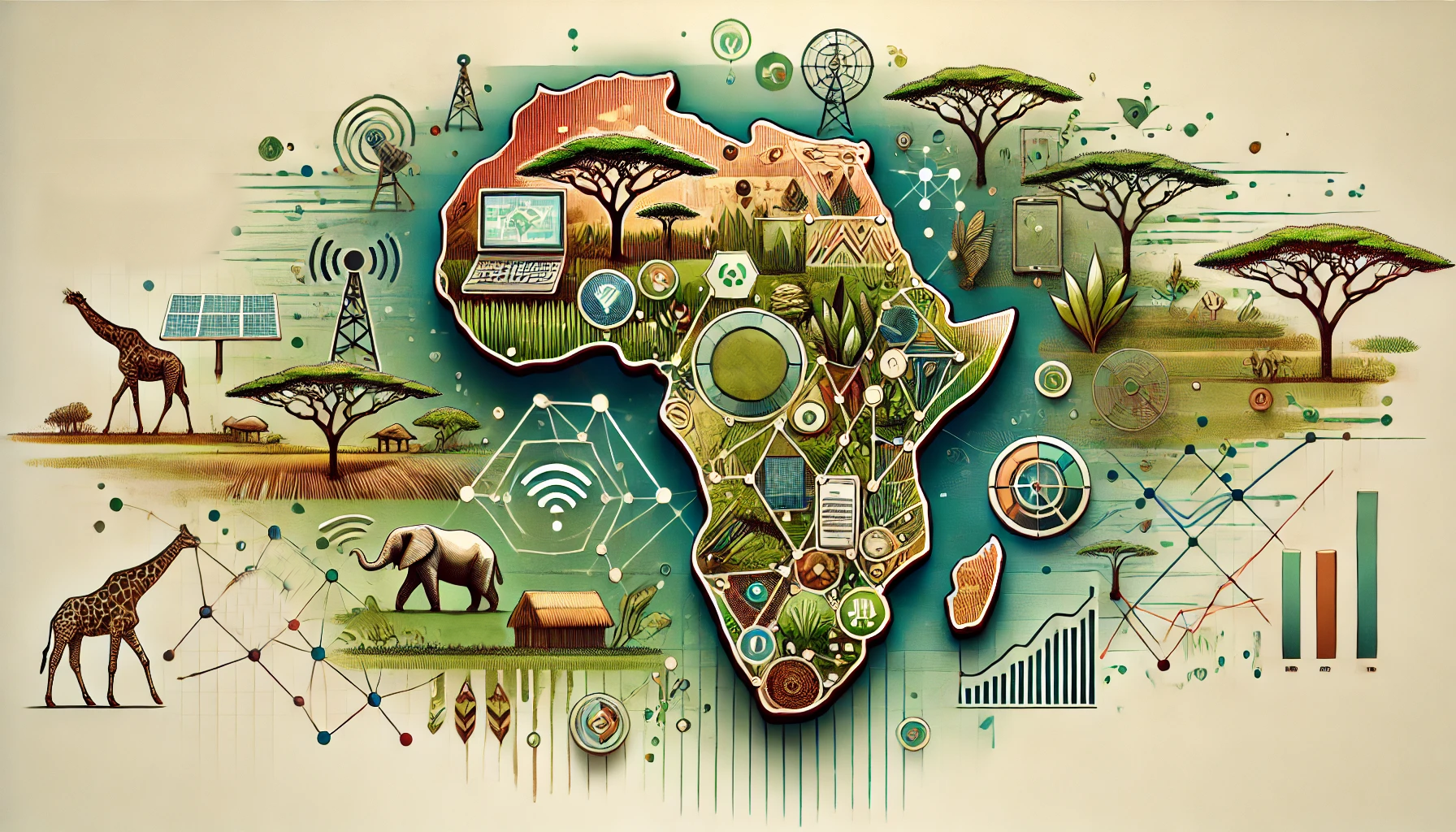Citizen Science: Empowering Communities for Conservation Action
We believe that the future of conservation lies in the hands of the people who live closest to nature. By empowering communities with digital tools and hands-on training, we can collectively enhance our understanding of environmental challenges and drive impactful change. Citizen science transforms passive observation into active participation, allowing everyday people to contribute valuable data and insights for conservation.
What is Citizen Science in Conservation?
Citizen science is a collaborative approach where members of the public actively engage in scientific research. In conservation, it involves individuals and communities collecting data, monitoring wildlife, and contributing to scientific projects that address environmental challenges. This participatory model breaks down barriers between scientists and the public, harnessing local knowledge and passion to create a powerful force for conservation.
Key Concepts of Citizen Science
- Community Involvement: Citizen science relies on the active participation of local communities, leveraging their unique knowledge of local ecosystems.
- Data Collection: Participants gather critical data on biodiversity, weather patterns, pollution, or wildlife behaviors, contributing to large-scale research efforts.
- Digital Tools: Technology, such as mobile apps, drones, and GPS tracking, enables streamlined data collection and communication, making it easier for citizens to contribute meaningfully.
- Empowerment and Education: Engaging citizens in scientific research fosters a deeper understanding of environmental issues and promotes education, driving long-term behavior change.
Research Opportunities in Citizen Science
Citizen science opens up numerous research opportunities that harness the power of collective action:
- Biodiversity Monitoring: Engaging local communities to track species, log sightings, and report changes in wildlife populations.
- Environmental Change Analysis: Gathering data on weather patterns, water quality, and soil health helps scientists understand how climate change affects local ecosystems.
- Invasive Species Tracking: Citizens can help identify and monitor invasive species, providing early warning systems to mitigate ecological damage.
- Ecosystem Health Assessments: Community-driven data collection can offer valuable insights into ecosystem health, guiding targeted conservation interventions.
Conservation Opportunities through Citizen Science
Citizen science can be a catalyst for grassroots conservation, creating opportunities that extend beyond data collection:
1. School Programs for Conservation Awareness
Zanza Labs can develop school-based citizen science programs that engage students in monitoring local wildlife and environmental conditions. This hands-on learning fosters a strong conservation ethic from a young age, while also building valuable skills in observation, data analysis, and environmental stewardship.
2. Communication and Outreach Projects
Citizen science initiatives offer a powerful platform for public outreach and education. By involving citizens in data collection and analysis, we can improve communication around conservation issues, making scientific research more accessible and relevant to local communities. Digital storytelling and social media can amplify the impact of these projects, raising awareness and encouraging more participants to join.
3. Rewards and Conservation Entrepreneurship
Zanza Labs aims to explore ways to incentivize participation in citizen science projects. Through reward systems or conservation entrepreneurship programs, we can provide economic benefits to participants, creating a sustainable model that encourages ongoing engagement. For instance, local communities might be compensated for data collection efforts or have the opportunity to develop small businesses around conservation activities, such as ecotourism or sustainable product certification.
How Zanza Labs Can Lead in Citizen Science
Zanza Labs is uniquely positioned to lead the charge in rural South Africa by integrating citizen science into our conservation efforts. We plan to:
- Develop User-Friendly Digital Platforms: We will create accessible apps and tools that make it easy for citizens to collect and submit data, even in remote areas.
- Offer Training and Support: Through workshops and educational programs, we will equip communities with the skills and knowledge needed to participate in scientific research effectively.
- Leverage Local Knowledge: We recognize the value of indigenous knowledge in conservation and will actively incorporate it into our citizen science projects, creating a blend of traditional wisdom and modern science.
- Create a Data-Driven Feedback Loop: We will ensure that the data collected is analyzed and shared back with the community, demonstrating the impact of their contributions and guiding future conservation actions.
Impact Framework in Rural South African Communities
In rural South African communities, citizen science can play a critical role in restoring conservation authority to local citizens. By involving communities in data collection and environmental monitoring, Zanza Labs will help shift the narrative of conservation from an external mandate to a locally-driven initiative. This approach not only builds capacity but also fosters a sense of ownership and responsibility, empowering citizens to be active stewards of their environment.
Our impact framework focuses on:
- Capacity Building: Providing training and tools to equip citizens with the skills needed to contribute to conservation science.
- Economic Opportunities: Creating pathways for sustainable income through conservation entrepreneurship.
- Community-Led Conservation: Encouraging a bottom-up approach where local knowledge guides conservation priorities, leading to more sustainable and culturally relevant solutions.
Citizen science represents a revolutionary approach to conservation, one that brings communities into the heart of scientific research and environmental stewardship. By harnessing the power of collective action and local expertise,
Zanza Labs aims to bridge the gap between citizens and scientists, creating a collaborative model that drives meaningful conservation outcomes.
Frequently Asked Questions
What is Citizen Science, and how does it contribute to conservation?
Citizen Science involves the participation of everyday people in scientific research and data collection. By enabling community members to contribute to environmental monitoring and data gathering, we can gain a deeper understanding of local ecosystems and make informed conservation decisions
How can schools get involved in Citizen Science projects?
Schools can participate through hands-on educational programs, where students learn about biodiversity, climate change, and conservation efforts. Zanza Labs offers resources and training for teachers to integrate Citizen Science projects into the curriculum, fostering early engagement and environmental awareness.
What are the benefits of Citizen Science for rural communities?
Rural communities gain access to digital tools, training, and new skills. This empowers them to monitor local wildlife, report environmental changes, and even earn income through reward-based data contributions, turning conservation into a source of livelihood.
How does Zanza Labs support Citizen Science initiatives?
Zanza Labs provides the technology platform, training, and resources needed to launch and sustain Citizen Science projects. By focusing on community engagement, we ensure that local voices are at the forefront of conservation efforts and that the data collected is used effectively for research and policy-making.
Can Citizen Science really influence conservation policy?
Yes, the data collected by Citizen Scientists can have a significant impact on conservation strategies and policies. By involving local communities in data collection, we gain access to valuable, ground-level insights that can highlight urgent environmental issues and support evidence-based decision-making.
Share this article
Quicklinks


















